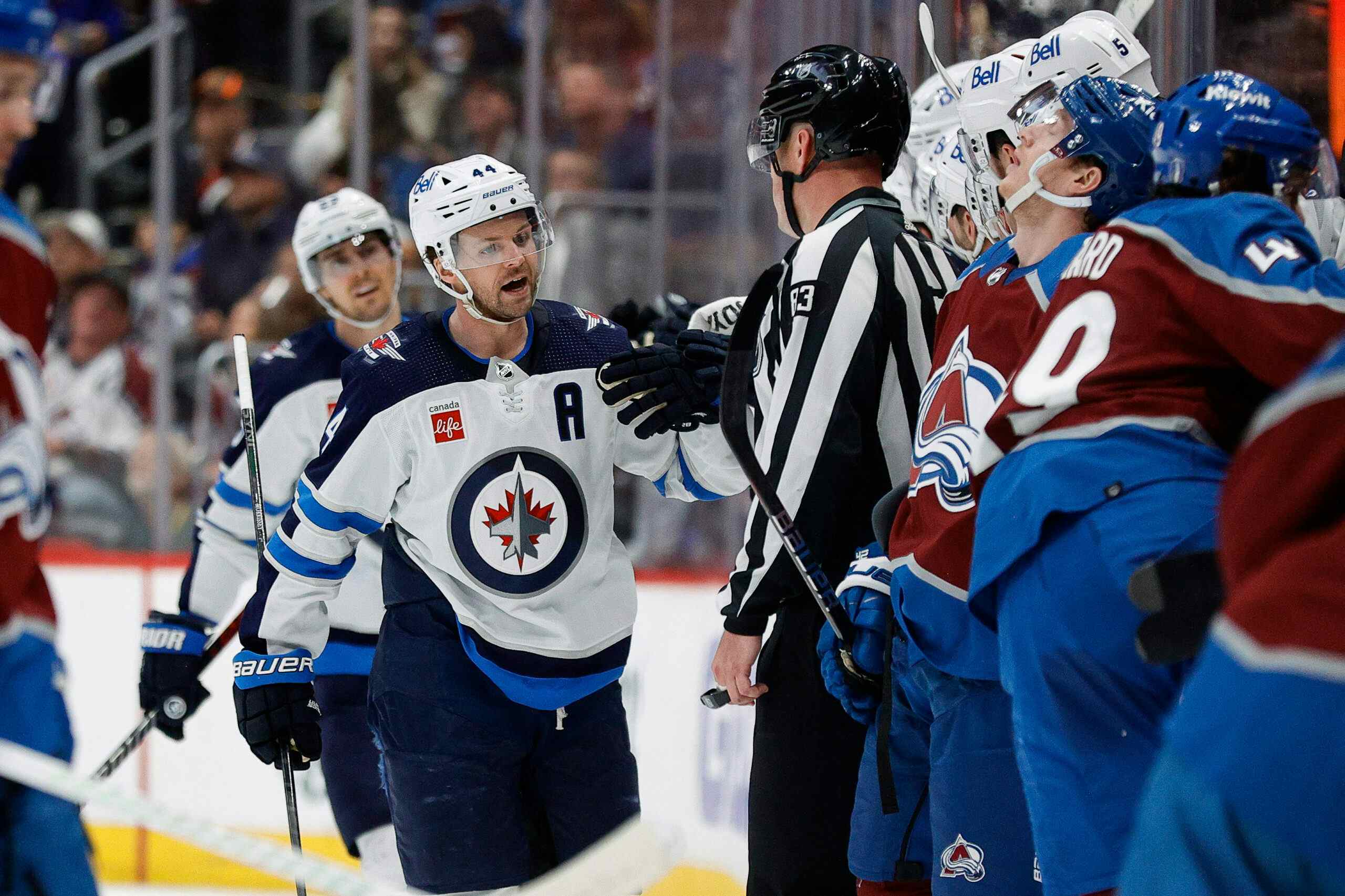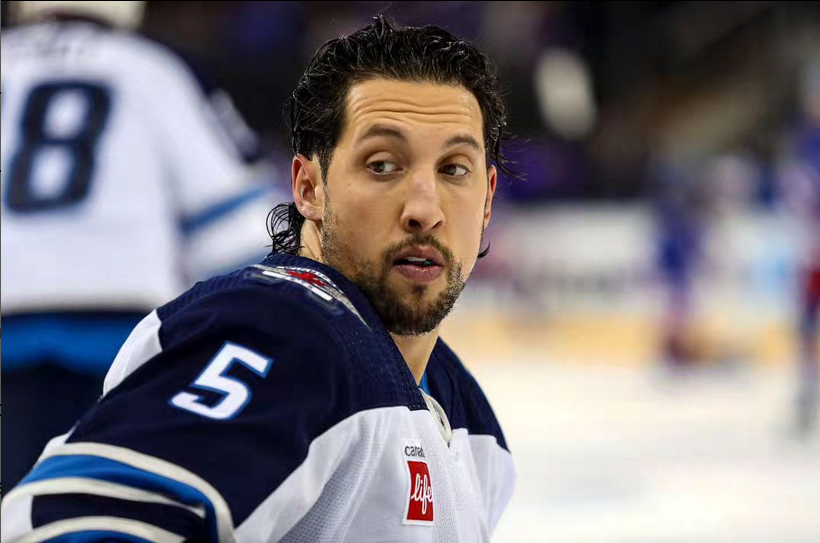Establishing AHL Baselines for Prospect Success
By Josh W
8 years agoNearly every hockey fan has the basic understanding that the NHL is the best hockey league in the world and that to become an regular player in the league you need to be the best of the best. Combining this with the piling of recent evidence suggesting that the peak age of players is around the mid-20s, it starts to become apparent that fans in every fan base tend to be over-confident in the success of their AHL (and other) prospects.
It is important when studying prospects, and when wanting to increase the general understanding of the league, to establish a baseline of success for those in development leagues.
Continue past the jump as we look into AHL success.
In our many prospect pieces here on the Nations Network we have established that approximately 8% of CHL players go on to become NHL regulars (defined as 200+ games in the prospect industry).
That can further be broken down into ~1.4% of CHLers are able to jump directly to the NHL, ~30% of CHL skaters are given the opportunity to play in 1+ AHL game while only ~22% are able to play in at least a half season of AHL games – at least 30 games.
These percentages, and the following, are based on a sample of all players between 2000 and 2010. Active AHL skaters are define as playing 30+ games in a single season while an NHL regular is 200+ NHL games at any time in the future.
From the basics we can calculate the percentage of all active AHL skaters ever playing in at least 1 NHL game is 65.4%.
When you are involved in the development of prospects it becomes more important to drill down into success by age. We can look at active AHLers by age and the percentage of them that went on to play 200+ NHL games at any time in the future.

Interestingly enough, we can see that the success rates of AHL players is higher than those in the CHL or other development leagues – which intuitively makes sense. Well over half of all players will not become NHL regulars. Also interesting to point out is that graduation rates start to sharply decline around the 22-23 age.
When we graph AHL points/game of all regulars vs their NHL games played we can see that success comes from all over, but there’s a large cluster of players who have not played a single NHL game under ~0.7 points/game for forwards and ~0.5 points/game for defencemen.

This further emphasizes that these are “probabilities and not destinies”, a point that is oft re-iterated by Mr. Garret Hohl. There are players from all over the map that become NHL regulars such as Travis Moen and Danny Briere who were very low scorers in the AHL initially but developed into strong NHL players.
The opposite is also true as you have players like Brett Sterling who scored over 1.3 points/game, over a full season, in the AHL as a 22 year-old and he was never given a long chance to prove himself in the big show.

Jared Fletcher (@jfletch14) completed further analysis of all 20-22 forwards in the AHL and their points/game vs future NHL success and found similar answers. His work is suggestive that there is high variance among all players but generally every increase of 0.1 in a forwards points/game suggests an increase of ~37 NHL games played (with huge variance, again). This does not bode well for older prospects still in in the AHL.
Fans of Vancouver are currently cheering on AHLers to graduate to the NHL this year, including: Alex Grenier, Sven Baertschi, Ronalds Kenins, Frank Corrado and Adam Clendening. Additionally there are the younger players that have been established in Utica, waiting next in line for their NHL opportunity, including Nicklas Jensen, Brendan Gaunce, Hunter Shinkaruk and all of the CHLers about to join them in upstate New York. Statistically only 1 in 3 of these players will become NHL regulars.
While the Canucks have multiple players from the AHL looking to make a NHL push, the Winnipeg Jets have a slew of players graduating into pro-hockey. Nic Petan, Andrew Copp, Joshua Morrissey, Eric Comrie, Jan Kostalek, Jimmy Lodge, and Axel Blomqvist will all start their rookie AHL season this year, if they happen to get cut from the Jets. The Jets also have a few players with 1-2 years under their belt in Connor Hellebuyck, Joel Armia, Scott Kosmachuk, JC Lipon, Brenden Kichton, and Austen Brassard. Again, the average expectation is only a third of these players make the NHL.
The big takeaways from these established baselines are that:
- Making the NHL is hard, even for AHL prospects.
- Approximately 1 in 3 AHLers will make the NHL while the remainder will not
- You need to score a lot and early on to have a good chance at NHL success
Always remember, these are probabilities and not destinies.
Recent articles from Josh W





